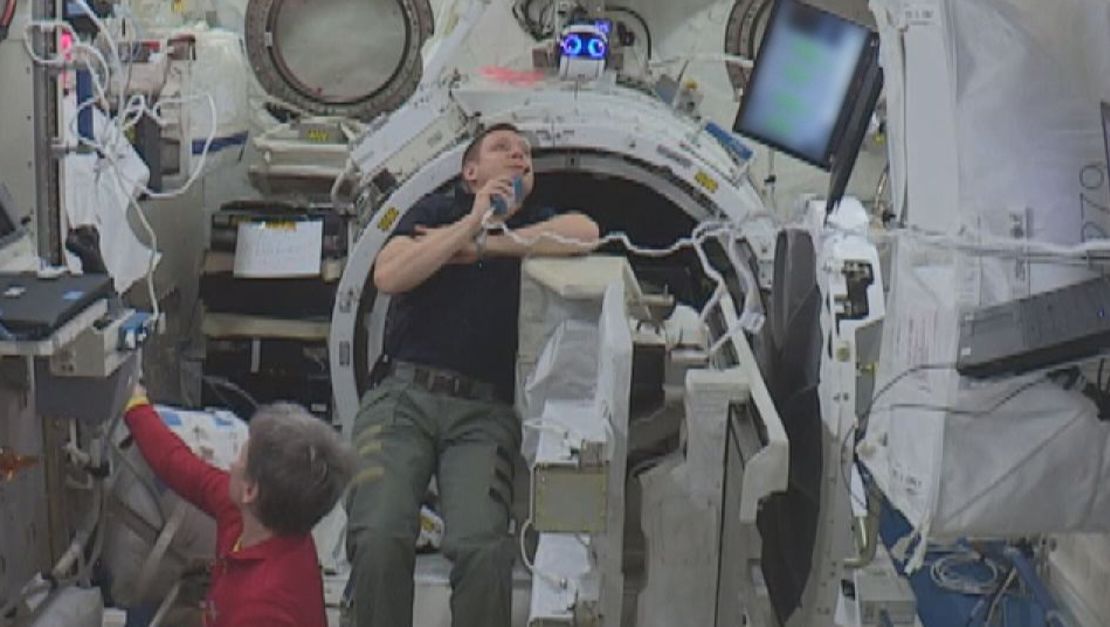Story highlights
"Int-Ball" will make astronauts' work hours more efficient
The drone facilitates more real-time communication with crew on Earth
The Japanese Aerospace Exploration Agency has released the first set of images and videos taken by its debut zero-gravity fully-autonomous camera drone.
Functionally, the JEM Internal Ball, or “Int-Ball” for short, will optimize communication between astronauts in space and scientists on Earth.
Aesthetically, it is the cutest little orb since Star Wars’ BB-8 droid.

Int-Ball arrived in space at “Kibo,” which is the Japanese Experiment Module on the International Space Station, on June 4 this year. The photos were disclosed by JAXA on July 14.
The 2.2 pounds (1 kilogram) limbless sphere – which spans just six inches (15 centimeters) – is currently on duty to take photos and videos of astronauts at work.
These will display in real-time to researchers on Earth at the JAXA Tsukuba Space Center, from where scientists on the ground can themselves control Int-Ball and its camera.
JAXA says its astronauts currently spend 10% of their working hours photographing their findings. There’s also a huge lag between the astronauts capturing the images and sending them to the crew on Earth.

One purpose of Int-Ball, the agency explains, is to wipe out the chore of recording, as well as the delay in sending. Not only does this maximize the astronauts’ work hours, but it also allows the Earth-based crew to monitor and aid the space crew from similar vantage points in real-time.
Int-Ball is a product of 3D printing and modern drone technology.
It functions on a 3-axis control unit, which has several internal reference points plus 12 propeller fans.
These allow the drone to go “anywhere at any time via autonomous flight and record images from any angle.”
For now, Int-Ball functions as a revolutionary link between crew on-ground and in space.
JAXA promises plans to “enhance its functions, and promote the automation and autonomy of extra- and intra-vehicular experiments,” to see how such technology can be of further use in future missions.





